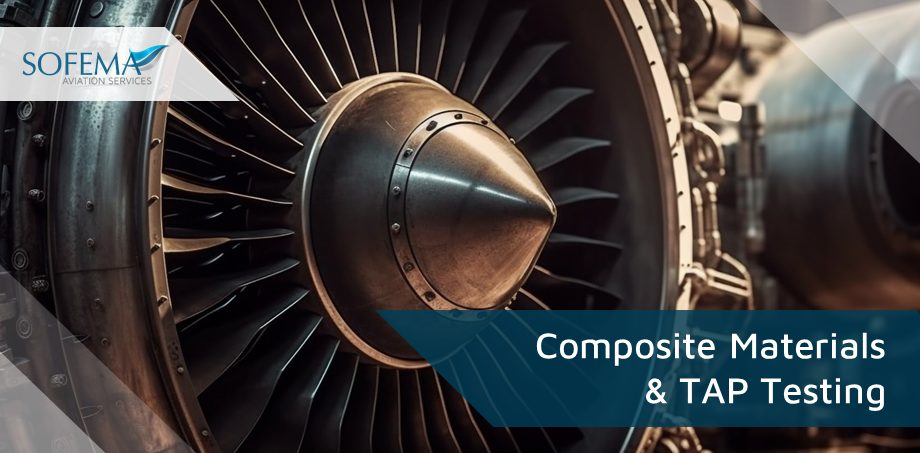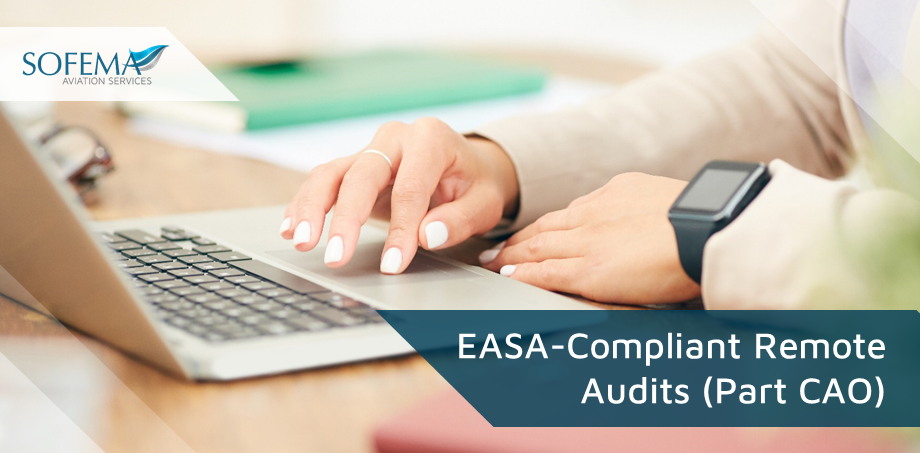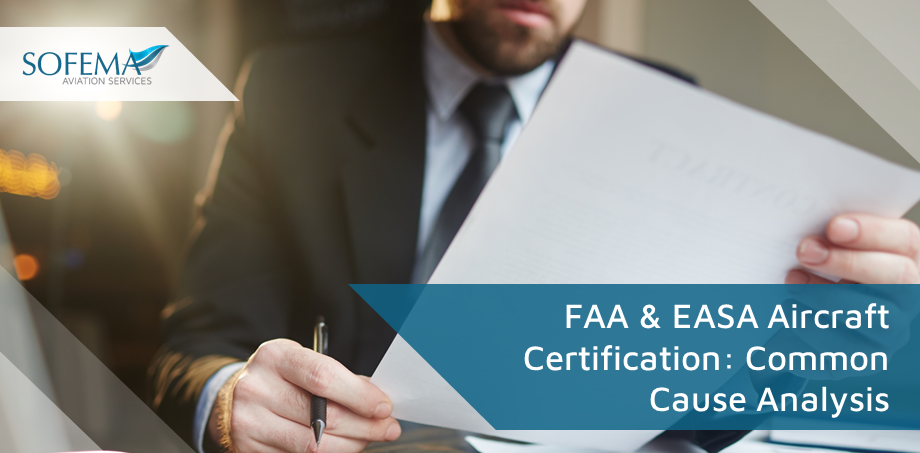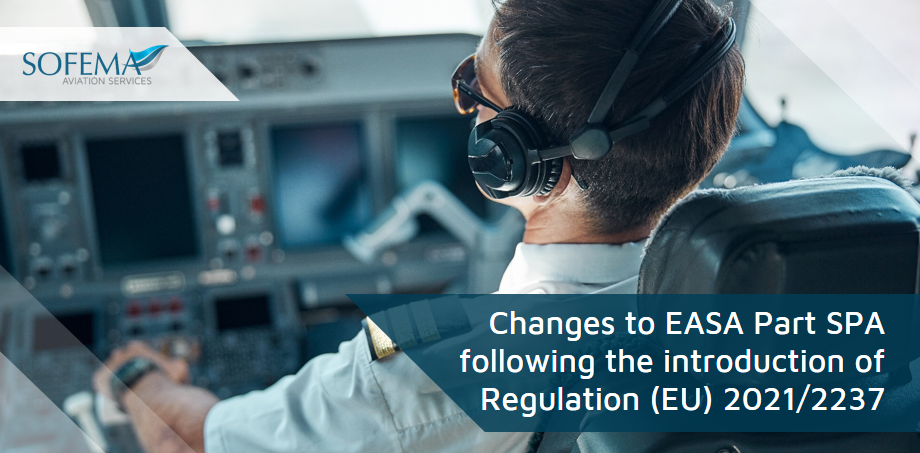
Sofema Aviation Services (SAS) www.sassofia.com considers the role of TAP testing as a Non-Destructive Technique for determining the serviceability of Composite Materials as part of the Aircraft Structure, Control Surfaces, Panels and Sub Structure typically installed on aircraft. General Introduction Composite materials, particularly Carbon Fibre-Reinforced Polymers (CFRP), have seen increasing use in aviation due to their…






